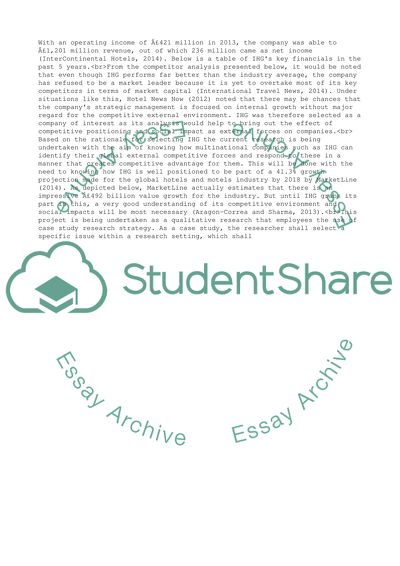Cite this document
(Multinational operation and competitive status study of Essay, n.d.)
Multinational operation and competitive status study of Essay. https://studentshare.org/management/1843345-multinational-operation-and-competitive-status-study-of-intercontinental-hotels-group-plc-185
Multinational operation and competitive status study of Essay. https://studentshare.org/management/1843345-multinational-operation-and-competitive-status-study-of-intercontinental-hotels-group-plc-185
(Multinational Operation and Competitive Status Study of Essay)
Multinational Operation and Competitive Status Study of Essay. https://studentshare.org/management/1843345-multinational-operation-and-competitive-status-study-of-intercontinental-hotels-group-plc-185.
Multinational Operation and Competitive Status Study of Essay. https://studentshare.org/management/1843345-multinational-operation-and-competitive-status-study-of-intercontinental-hotels-group-plc-185.
“Multinational Operation and Competitive Status Study of Essay”. https://studentshare.org/management/1843345-multinational-operation-and-competitive-status-study-of-intercontinental-hotels-group-plc-185.


